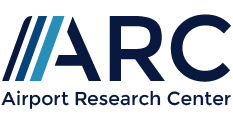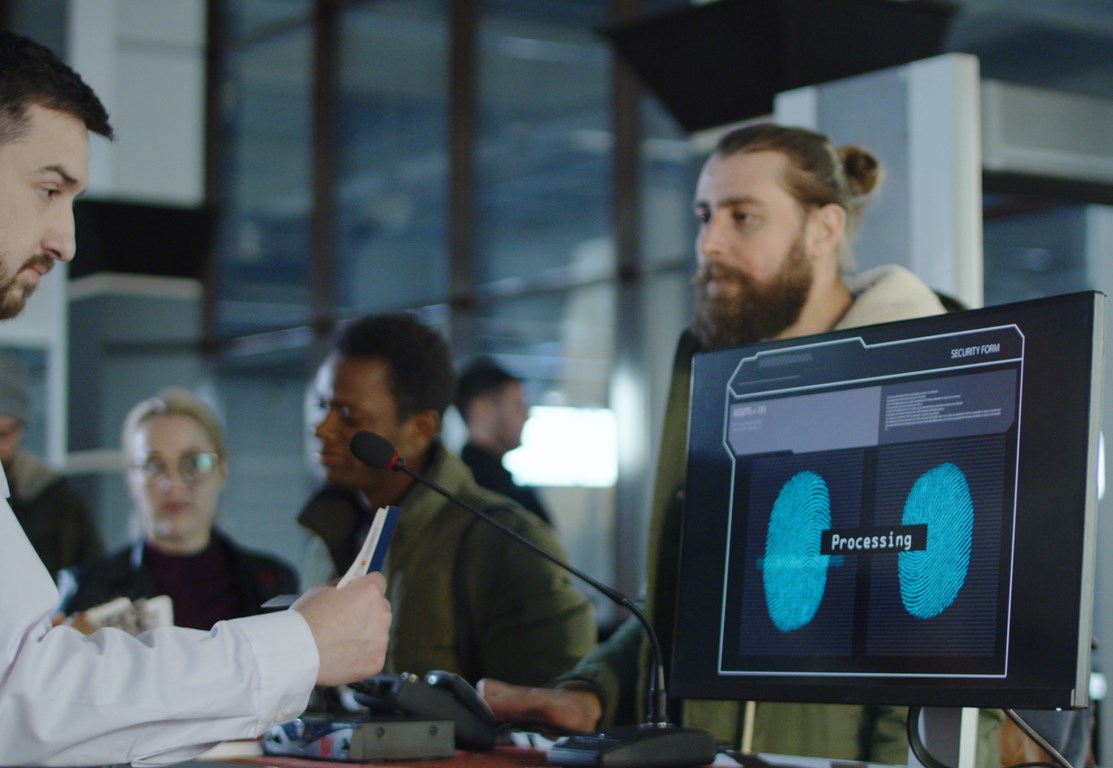
Vienna Airport
Operational Readiness Test
Be on the safe side – A new terminal is checked before going operational.
Project Overview
At the time of the study Vienna Airport was building the new Terminal 3 (“Skylink”). The new terminal was designed to be used by StarAlliance with focus on very short connecting times for transfer passengers. Before going operational, Vienna Airport wanted to test the new terminal by means of a comprehensive 3D simulation. The objective was to be confident that the planned terminal can meet the requirements and handle the expected traffic with the desired service quality. In case potential bottlenecks appear, Vienna Airport intended to address them in advance and be still in the position to apply recommended changes.
Services provided
CAST Terminal was used to set-up a detailed infrastructure model of the new Terminal 3 including all relevant passenger handling facilities. The demand was generated based on past and future flight schedules considering detailed flight specific characteristics such as load factors, transfer shares or gate allocation. A first simulation of all terminal facilities showed that most attention should be paid the arrival and transfer processes, especially to meet the required minimum connecting time. Different scenarios and layouts were contrasted and Vienna Airport was provided video material of the 3D simulation model to visualize the situation of the new terminal in use for the first time.
Results and Benefit
The simulation model worked like a ‘crystal ball’ enabling Vienna Airport to accurately look into the future and see the new terminal in action. Waiting times or queues to be expected could be forecasted, different operational strategies could be tested in advance. Furthermore, some potential bottlenecks were identified and Vienna Airport was able to successfully mitigate those by taking measures to optimize the passenger flow before the terminal went operational. With this support Vienna Airport could prepare their staff for future situations and evaluate different concepts. The results of the simulation runs could be used to optimize stand allocation or to predict an adequate staffing level.







